Mixing jar 160ml with mixing element
2-3 delivery days if product is in stock
Static mixer 160ml of stainless steel or PVDF complete with helical mexing element for the Lab wizz
Description
Stainless steel
In metallurgy, stainless steel, also known as inox steel or inox from French inoxydable (inoxidizable), is a steel alloy with a minimum of 10.5% chromium content by mass.
Stainless steels are notable for their corrosion resistance, which increases with increasing chromium content. Additions of molybdenum increase corrosion resistance in reducing acids and against pitting attack in chloride solutions. Thus, there are numerous grades of stainless steel with varying chromium and molybdenum contents to suit the environment the alloy must endure. Stainless steel’s resistance to corrosion and staining, low maintenance, and familiar lustre make it an ideal material for many applications where both the strength of steel and corrosion resistance are required.
Stainless steels are rolled into sheets, plates, bars, wire, and tubing to be used in cookware, cutlery, surgical instruments, major appliances and as construction material in large buildings, such as the Chrysler Building. As well as, industrial equipment (for example, in paper mills, chemical plants, water treatment), and storage tanks and tankers for chemicals and food products (for example, chemical tankers and road tankers). Stainless steel’s corrosion resistance, the ease with which it can be steam cleaned and sterilized and no need for other surface coatings has also influenced its use in commercial kitchens and food processing plants.
Polyvinylidene fluoride
Polyvinylidene fluoride or polyvinylidene difluoride (PVDF) is a highly non-reactive thermoplastic fluoropolymer produced by the polymerization of vinylidene difluoride.
PVDF is a specialty plastic used in applications requiring the highest purity, as well as resistance to solvents, acids and bases. Compared to other fluoropolymers, like polytetrafluoroethylene (Teflon), PVDF has a low density (1.78 g/cm3).
It is available as piping products, sheet, tubing, films, plate and an insulator for premium wire. It can be injected, molded or welded and is commonly used in the chemical, semiconductor, medical and defense industries, as well as in lithium-ion batteries. It is also available as a crosslinked closed-cell foam, used increasingly in aviation and aerospace applications. It can also be used in repeated contact with food products, as it is FDA compliant and absolutely non-toxic.
As a fine powder grade, it is an ingredient in high-end paints for metals. These PVDF paints have extremely good gloss and color retention. They are in use on many prominent buildings around the world, such as the Petronas Towers in Malaysia and Taipei 101 in Taiwan, as well as on commercial and residential metal roofing.
PVDF membranes are used in western blots for the immobilization of proteins, due to its non-specific affinity for amino acids.
PVDF is also used as a binder component for the carbon electrode in supercapacitors, and for other electrochemical applications.
Additional information
| Weight | 0.50 kg |
|---|---|
| Material | Stainless steel, PVDF |
Reviews (0)
Only logged in customers who have purchased this product may leave a review.
You may also like…
Lab wizz micro ball mill components
Components
Lab wizz micro ball mill components
Machines
Lab wizz micro ball mill components
Lab wizz micro ball mill components
Lab wizz micro ball mill components
Lab wizz micro ball mill components
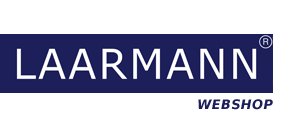
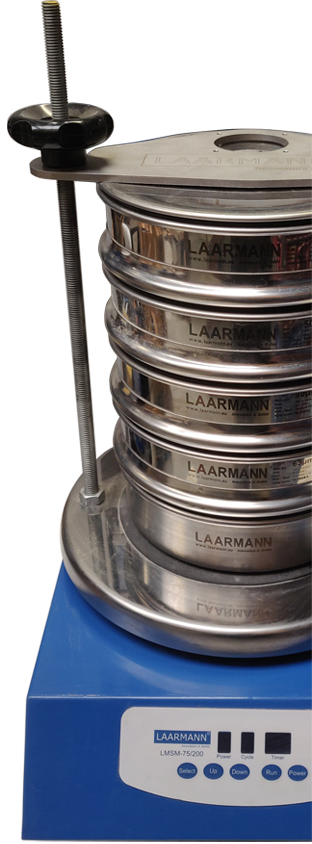


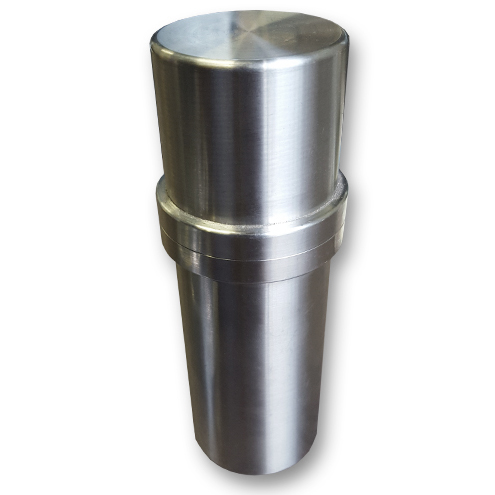
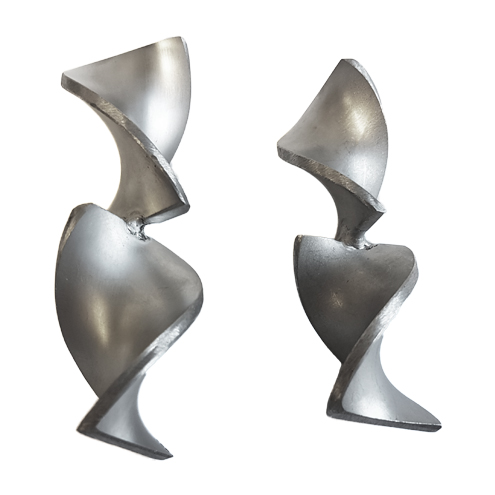
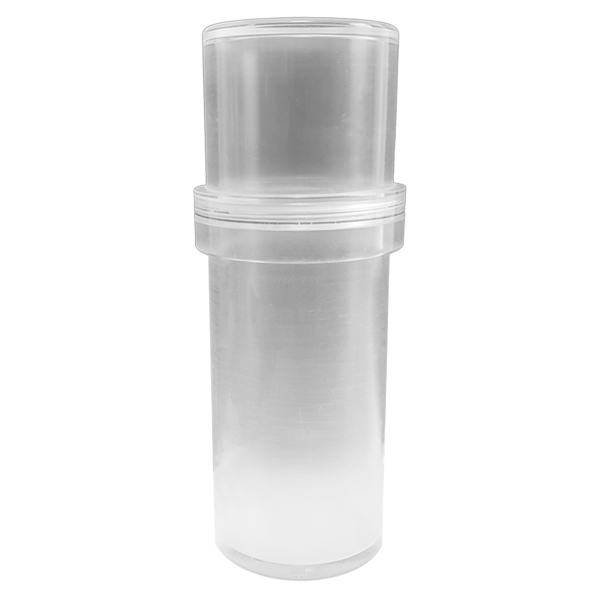
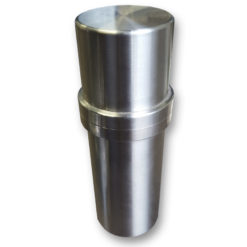

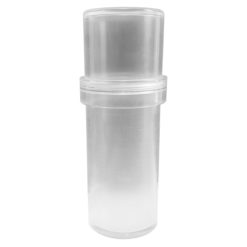
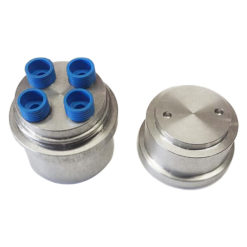
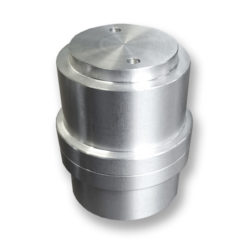
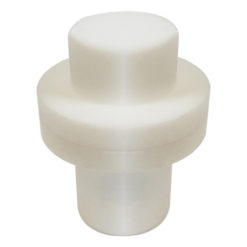

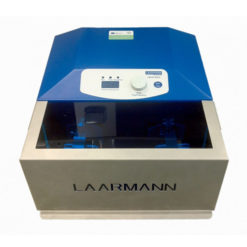
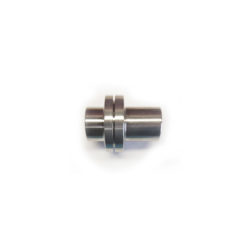
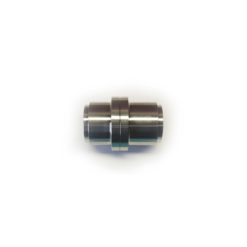
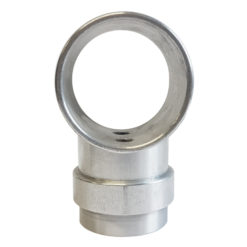
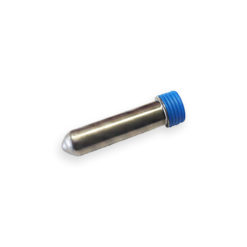
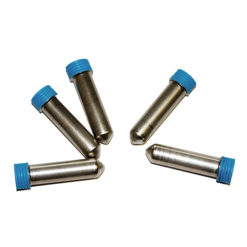
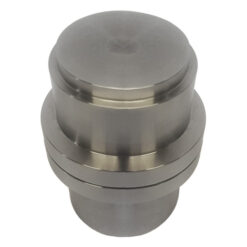
Reviews
There are no reviews yet.